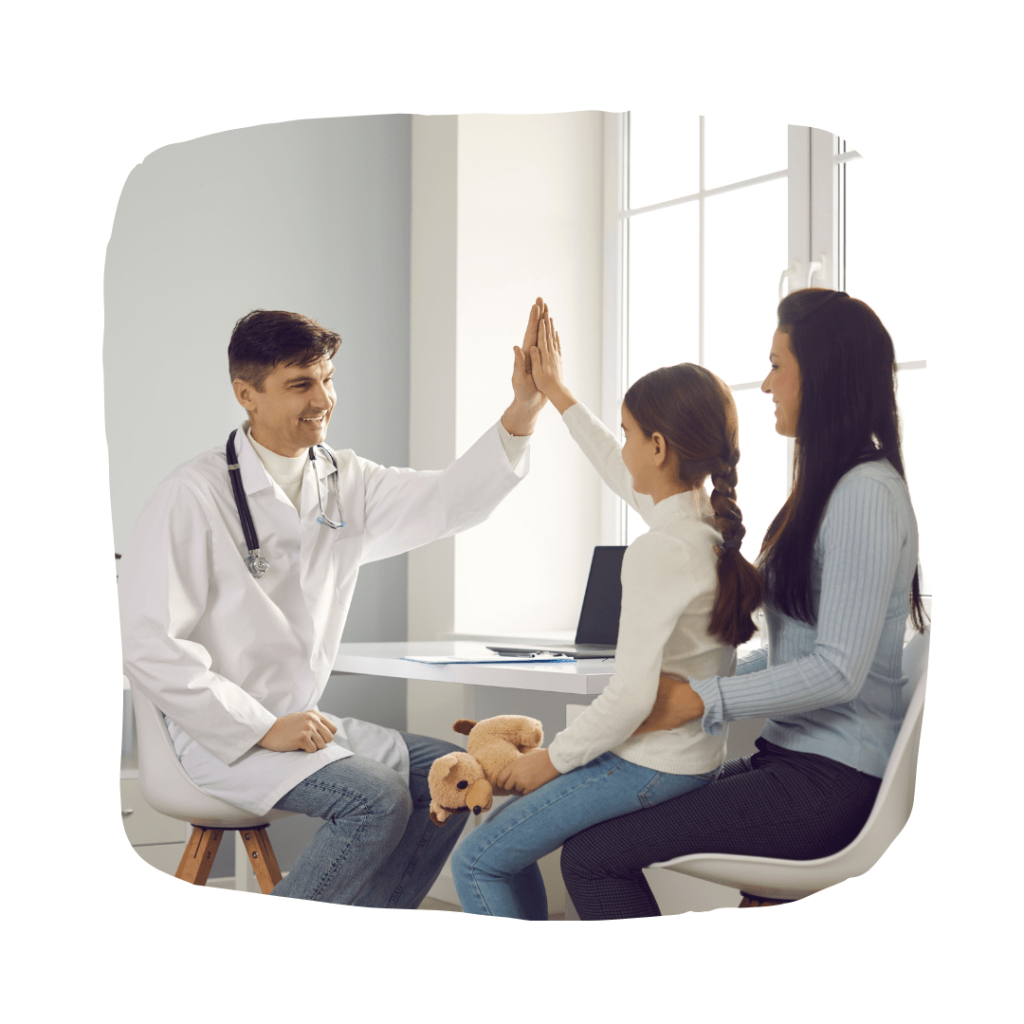Attention Deficit Hyperactivity Disorder (ADHD) affects both boys and girls, but it often manifests differently in girls, leading to underdiagnosis and delayed intervention. Recognizing the unique symptoms and challenges faced by girls with ADHD is crucial for early identification and appropriate support. This article aims to shed light on ADHD in girls, discussing the differences between girls and boys, symptoms, testing, and coping strategies so parents can better support their girls. Learn with us as we will explore how ADHD can impact girls, particularly in their ability to learn and have healthy relationships.

ADHD in Girls: Symptoms and Differences
ADHD symptoms in girls may differ from those typically observed in boys. While boys tend to display more hyperactive and impulsive behaviors, girls often exhibit more inattentive symptoms. Common symptoms of ADHD in girls may include:
Daydreaming and Difficulty Focusing: Girls with ADHD may frequently appear lost in their thoughts and have difficulty sustaining attention, particularly in tasks they find uninteresting.
Internalized Struggles: Girls often internalize their ADHD symptoms, leading to feelings of frustration, anxiety, and low self-esteem. They may be prone to self-blame and feelings of inadequacy.
Social Difficulties: Girls with ADHD may struggle with maintaining friendships due to their difficulties with impulse control, emotional regulation, and social cues. They may experience rejection or social isolation, which can impact their self-esteem.
Disorganization and Forgetfulness: Girls may struggle with organizational skills, time management, and forgetfulness, affecting their academic performance and daily routines.

Testing and Diagnosis
Diagnosing ADHD in girls follows a similar process as in boys. Healthcare professionals use standardized assessment tools, clinical interviews, and input from parents, teachers, and caregivers to evaluate symptoms and rule out other conditions. It is essential for parents to communicate openly about their observations and concerns to ensure an accurate diagnosis.
Coping Strategies for Girls with ADHD
Create Structure and Routine: Establishing a structured and predictable environment can help girls with ADHD stay organized and focused. Use visual schedules, calendars, and reminders to assist with time management and task completion.
Provide Emotional Support: Girls with ADHD may struggle with self-esteem and emotional regulation. Encourage open communication, validate their feelings, and provide reassurance. Promote positive self-talk and teach coping mechanisms for stress and frustration.
Tailor Learning Approaches: Girls with ADHD may benefit from personalized learning strategies. Incorporate multisensory activities, provide breaks during tasks, and use visual aids to enhance engagement and attention.

20 Signs & Symptoms:
- Appears withdrawn
- Cries easily
- Daydreaming and in a world of her own
- Difficulty maintaining focus; easily distracted
- Disorganized and messy (in both appearance and physical space)
- Doesn’t appear to be trying
- Doesn’t seem motivated
- Forgetful
- Highly sensitive to noise, fabrics, and emotions
- Hyper-talkative (always has lots to say, but is not good at listening)
- Hyperreactivity (exaggerated emotional responses)
- Looks to be making “careless” mistakes
- Might often slam her doors shut
- Often late (poor time management)
- Problems completing tasks
- Seems shy
- Seems to get easily upset
- Shifting focus from one activity to another
- Takes time to process information and directions; seems like she doesn’t hear you
- Verbally impulsive; blurts out and interrupts others

Understanding the unique ways ADHD shows up in girls is essential for early identification and support. By recognizing the differing symptoms, advocating for proper testing and diagnosis, and implementing effective coping strategies, girls with ADHD can thrive. With a cooperative strategy these girls (and parents like you!) can work with their brain, instead of against it. Remember, with the right interventions and support, girls can lead fulfilling lives and reach their full potential. That will depend on learning how to do things in their own way and the parents that make that mindset possible.

